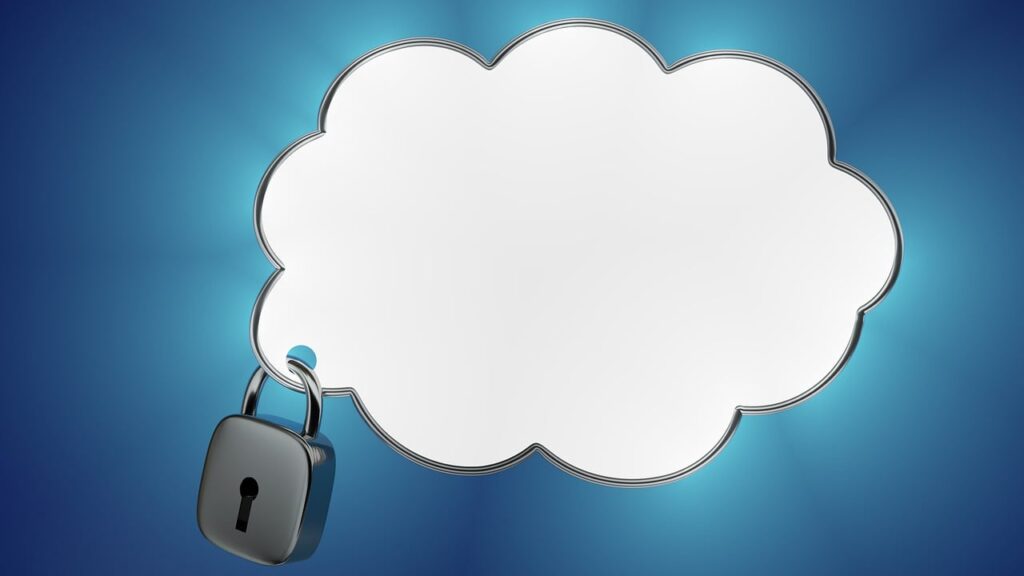In today’s cloud-first world, organizations increasingly rely on public, private, and hybrid cloud infrastructures to drive innovation, scalability, and efficiency. However, this migration to the cloud has opened up new vectors for cyberattacks, rendering traditional perimeter-based security approaches obsolete. In response to these evolving threats, Cloud Detection and Response (CDR) has emerged as a critical framework designed to monitor, detect, and respond to security threats in cloud environments.
CDR brings together threat intelligence, behavior analytics, automation, and real-time monitoring to proactively secure cloud workloads. This article delves deep into what CDR is, why it’s vital, how it works, the tools involved, challenges, and best practices for implementation.

What Is Cloud Detection and Response (CDR)?
CDR is a security approach specifically tailored for cloud environments. It focuses on continuously monitoring cloud infrastructure, detecting anomalies and threats, and automating responses to contain and mitigate those threats.
Unlike traditional endpoint detection and response (EDR) or network detection and response (NDR), CDR is purpose-built for the complexities of cloud-native architectures, such as microservices, containers, and serverless computing.
Key Components of CDR:
-
Visibility across multi-cloud and hybrid environments
-
Real-time threat detection using machine learning (ML) and analytics
-
Automated incident response workflows
-
Integration with cloud-native tools and APIs
-
Compliance monitoring and reporting
Why CDR Matters in Cloud Security
a) Evolving Threat Landscape
Attackers exploit misconfigurations, identity and access issues, and API vulnerabilities in cloud environments. Traditional tools can’t keep up with dynamic cloud resources like containers or serverless functions.

b) Cloud-Native Complexity
Modern applications use distributed architectures (Kubernetes, Docker, etc.), ephemeral workloads, and autoscaling. CDR solutions understand these dynamics and provide security without slowing down deployment.
c) Shared Responsibility Model
While cloud providers (like AWS, Azure, GCP) secure the underlying infrastructure, customers are responsible for securing their own workloads, data, and identities. CDR addresses this gap.
3. Architecture of a CDR Solution
A robust CDR system integrates multiple components to provide complete coverage of a cloud environment.
a) Data Sources:
-
Cloud provider logs (AWS CloudTrail, Azure Monitor, GCP Audit Logs)
-
Kubernetes and container telemetry
-
Identity logs (SSO, IAM, Active Directory)
-
Application performance and error logs
-
API usage and access patterns
b) Data Ingestion and Normalization
CDR tools collect and normalize log data in real time for analysis. Integration with SIEMs and data lakes is common.
c) Threat Detection Engine
Uses ML algorithms, threat intelligence feeds, and behavioral analytics to detect:
-
Insider threats
-
Lateral movement
-
Account takeovers
-
Misconfigurations
-
Suspicious API calls
d) Response Automation
When a threat is detected, actions are triggered automatically:
-
Isolate affected workloads
-
Revoke access tokens
-
Trigger serverless playbooks (e.g., AWS Lambda)
-
Notify SOC teams via alerts or ticketing

Benefits of Cloud Detection and Response
i. Improved Cloud Visibility
Gain deep insights into users, workloads, data, and network behavior across multiple cloud platforms.
ii. Early Threat Detection
Detect threats before they escalate, thanks to behavioral analysis and anomaly detection.
iii. Reduced Dwell Time
Automated detection and response reduce the time between compromise and containment.
iv. Scalability
CDR systems scale seamlessly across thousands of cloud resources without performance degradation.
v. Compliance Readiness
Helps meet standards like ISO 27001, SOC 2, HIPAA, PCI-DSS, and GDPR by tracking activity and enforcing policies.
CDR Tools and Platforms
Here are some leading tools that implement or support CDR capabilities:
| Tool | Key Features |
|---|---|
| Microsoft Defender for Cloud | Threat protection across Azure, AWS, GCP. Integrates with Sentinel for extended detection. |
| Palo Alto Prisma Cloud | Full lifecycle security for workloads, containers, and APIs. Real-time detection and compliance enforcement. |
| Lacework | Polygraph-based anomaly detection for cloud environments. Supports AWS, GCP, and Azure. |
| Wiz.io | Agentless visibility, risk prioritization, and threat detection. Known for simplicity and depth. |
| Datadog Cloud SIEM | Unified observability and security, with dashboards, ML-based detection, and customizable playbooks. |
| CrowdStrike Falcon Cloud Workload Protection | Focused on runtime protection and cloud workload detection. |
| AWS GuardDuty & Security Hub | Native AWS threat detection and centralized security management. |
Challenges in Implementing CDR
a) Alert Fatigue
False positives and redundant alerts can overwhelm security teams. Fine-tuning detection rules is critical.
b) Complex Integrations
CDR systems must integrate with a wide range of tools: CI/CD pipelines, APIs, SIEMs, DevOps platforms, etc.
c) Limited Context
Some CDR tools may lack visibility into encrypted traffic or custom app logic, reducing detection efficacy.
d) Skills Gap
Implementing and maintaining a CDR system requires expertise in both cloud platforms and cybersecurity.
CDR Use Cases in Action
Use Case 1: Insider Threat Detection
A developer uses excessive privileges to access sensitive customer data stored in an S3 bucket. CDR detects this abnormal behavior, flags the session, and revokes credentials.
Use Case 2: Misconfiguration Detection
An S3 bucket is accidentally set to public read access. The CDR platform detects the misconfiguration and auto-remediates by updating the bucket policy and alerting the DevSecOps team.
Use Case 3: Ransomware Mitigation
A workload starts encrypting files rapidly—behavior aligned with ransomware. The CDR tool detects the anomaly and halts the instance while initiating snapshot recovery.
Best Practices for Implementing CDR
-
Establish a Cloud Security Strategy
-
Align CDR implementation with organizational security goals and cloud usage models.
-
-
Integrate Early into DevOps
-
Embed detection rules and response playbooks into CI/CD pipelines.
-
-
Use a Multi-Layered Approach
-
Combine CDR with identity protection, web application firewalls, and container security.
-
-
Automate Responses Carefully
-
Set thresholds for auto-remediation to prevent unintended disruptions.
-
-
Leverage Threat Intelligence
-
Feed known threat indicators (IOCs, TTPs) into the CDR system for improved detection.
-
-
Ensure Cross-Team Collaboration
-
Security, DevOps, and CloudOps teams must coordinate response strategies.
-
Future of Cloud Detection and Response
As cloud environments become more complex and AI-powered attacks more sophisticated, CDR will evolve to include:
-
AI-Driven Threat Hunting: CDR systems will proactively identify attack campaigns using LLMs and AI models.
-
Extended Detection and Response (XDR): Unifying detection across endpoints, networks, identities, and cloud.
-
Zero Trust Integration: Dynamic policy enforcement based on continuous trust evaluation.
-
Edge and Serverless CDR: Detecting threats in ephemeral compute units like FaaS and edge nodes.
-
Industry-Specific CDR Models: Tailored CDR solutions for fintech, healthcare, and critical infrastructure.
Conclusion
Cloud Detection and Response is no longer optional—it’s a necessity in today’s threat-rich cloud landscape. For administrators, engineers, developers, and service providers, adopting a robust CDR strategy can mean the difference between a minor incident and a full-blown breach.
Whether you’re securing a Kubernetes cluster, protecting sensitive data in Azure, or maintaining compliance across multi-cloud setups, CDR provides the actionable visibility and automation needed to stay one step ahead of attackers.
Invest in the right tools, follow best practices, and build security into your cloud architecture from day one. Cloud security is a shared responsibility—but with CDR, it becomes a manageable and scalable one.